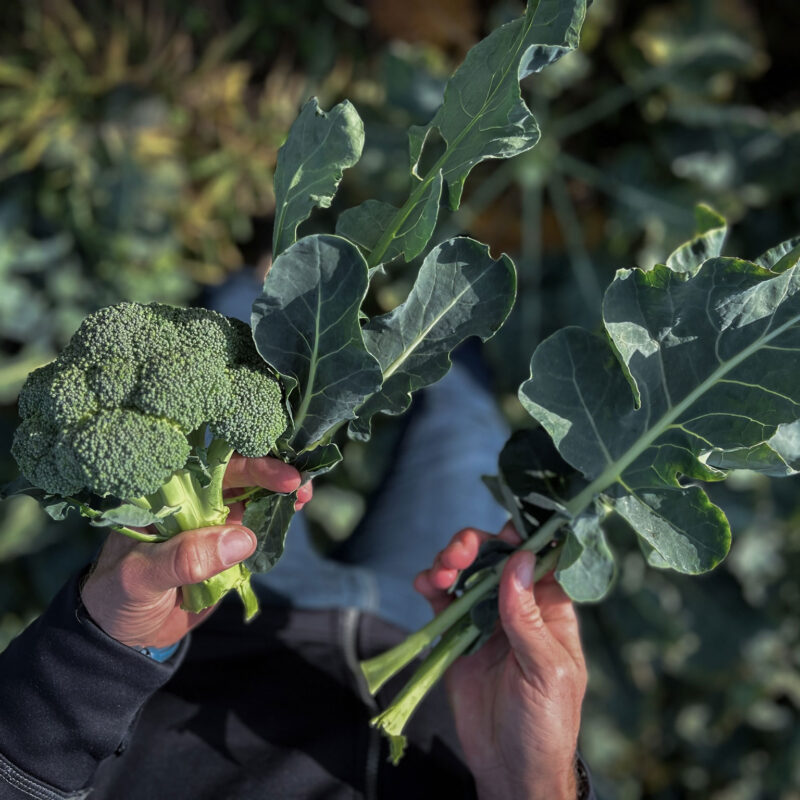Sweet lupines, the Nordic soy?
The meat and dairy consumption must decrease if the climate goals are to be reached. The growth in meat and dairy substitutes is big, which is positive. However, most of them are soy based. Soy has many nutritional advantages but is often grown in non-sustainable farming systems and has been transported over a long distance before it reaches Sweden.

Soy has a high protein content – but is often grown in an unsustainable way. (Foto: WWF)
The Issue
Soy is a very favorable crop from a nutritional perspective, but it’s often grown on the other side of the world, due to soy not growing very well in our latitudes, and in a manner that harms both nature and the people involved in the production. Around 250,000 metric tonnes soy is imported to Sweden every year and most of it is used for animal feed, mainly to dairy cows, pigs and poultry.
The Solution
Sweet lupines (not be confused with the poisonous garden lupine) have been cultivated and used for food, for example in the Mediterranean region and South America, for a long time. The use has increased in later years in Australia, Europe, Russia and North America. The pea-sized lupine bean has a high protein content and resembles soy, but with an important difference – it can be grown in our climate. Like soy, it’s a legume which can take up nitrogen straight from the air, a nutrient all organisms need to function. This ability means that less nitrogen fertilizers are needed, which is a big environmental advantage. Furthermore, the sweet lupine has long taproots that grows deep into the ground, loosen up and bind the soil at the same time. This prevents erosion and nutrient runoff.

Sweet lupine – the Nordic soy?
Our Work
Axfoundation tested cultivating sweet lupine of the boregine variety at Torsåker farm during the 2017 growing season. There was at that time limited knowledge about how best to grow lupines in Sweden. Many thought that it wouldn’t actually be possible in Uppland’s clay soil, but we still tried the crop in a number of different growing systems and the results were better than expected. The yield was 3.7 metric tonnes per hectare and the beans had a high protein content of about 36 %.
Results
A handful of farms collaborating with Axfoundation, among them a chicken breeder, a pig farm and a dairy farm, has cultivated sweet lupine and tried lupine based feed on production animals. The pig farm replaced imported soy with home-grown lupine and broad bean and saw that the pigs were doing well and grew at the same rate as pigs fed on soy. The dairy farm chose to whole-crop ensile lupines for the cows. They have not noticed any difference in the cows, nor in the milk production. Also, chicken who have been fed lupine grow well and are healthy.
We have also been looking at how to increase the ratio of legumes grown in Sweden in the food production. So far, Axfoundation has developed a legume mince which has the same broad use as minced meat.
Partners
Sättra farm, Halla farm, Böja Stommen, Kårtorps säteri, Körslätt’s farm




































